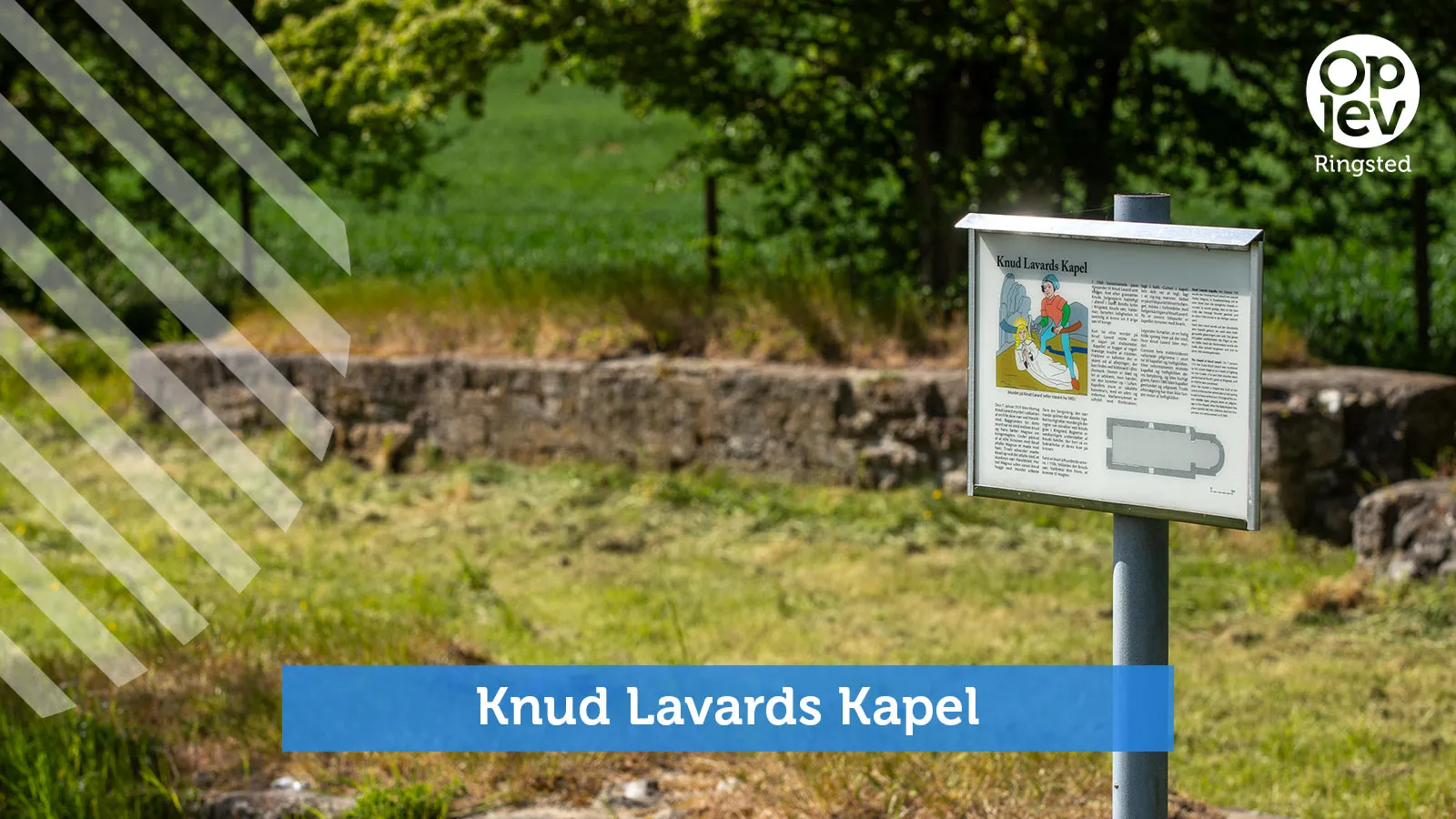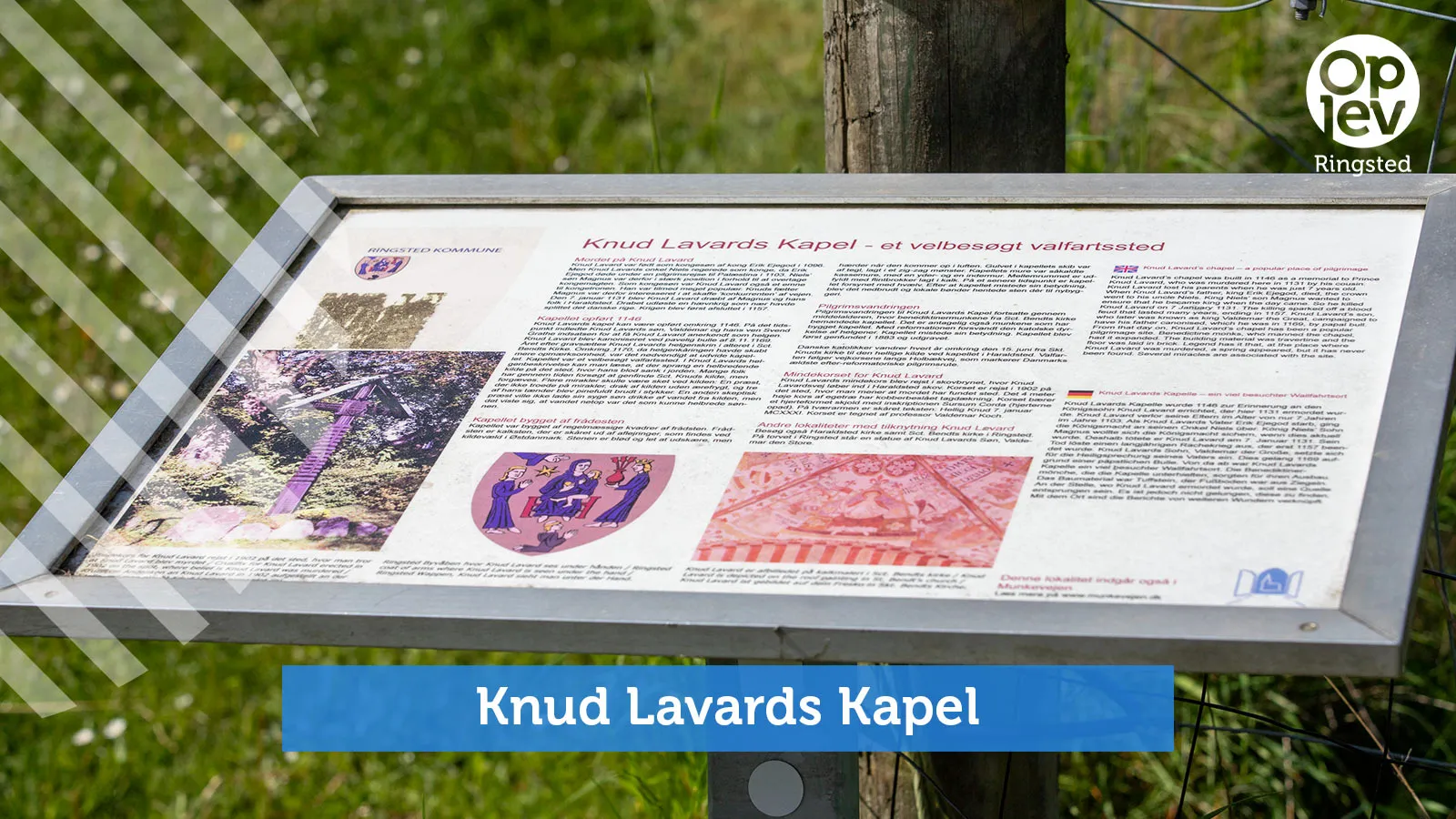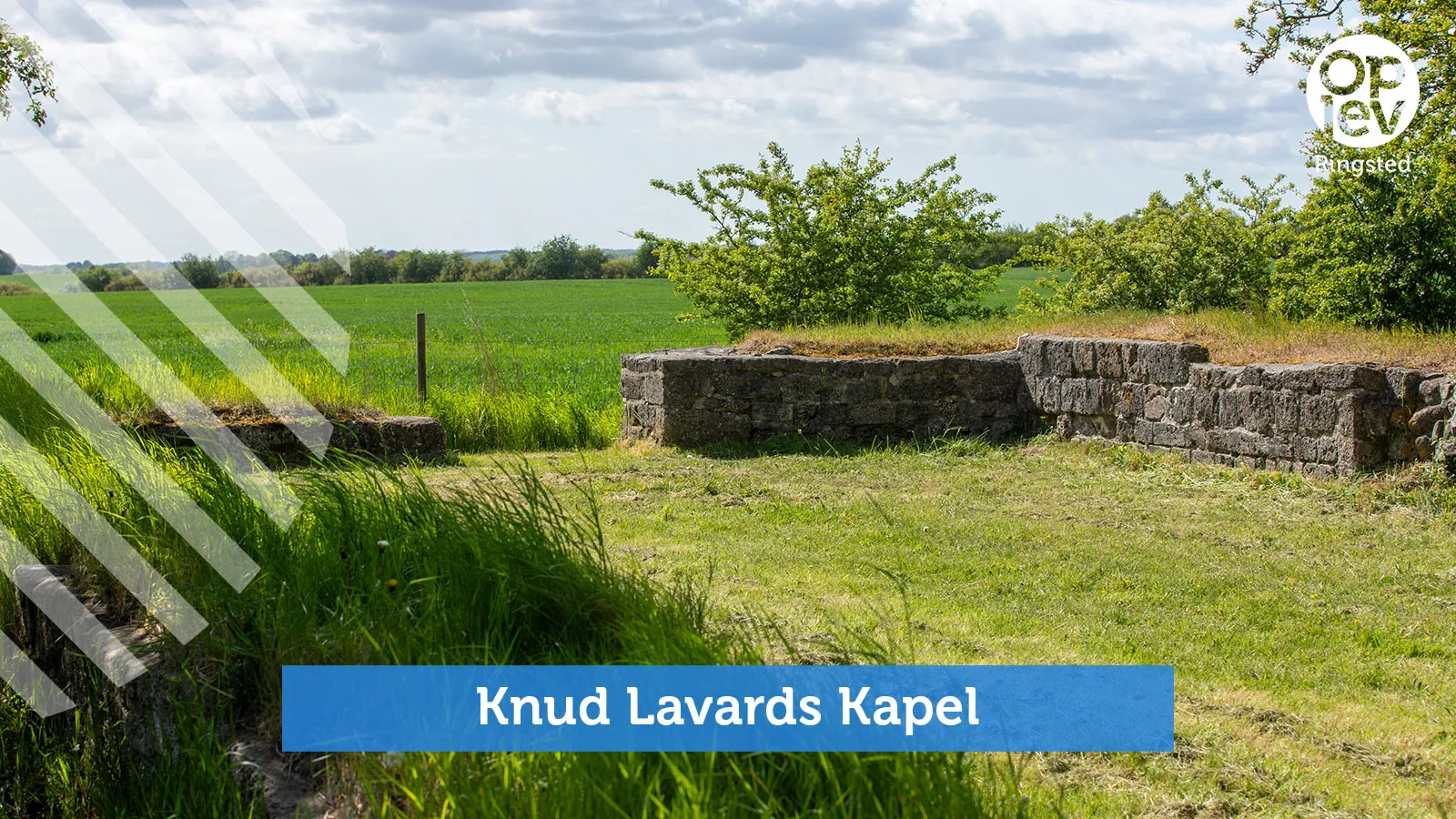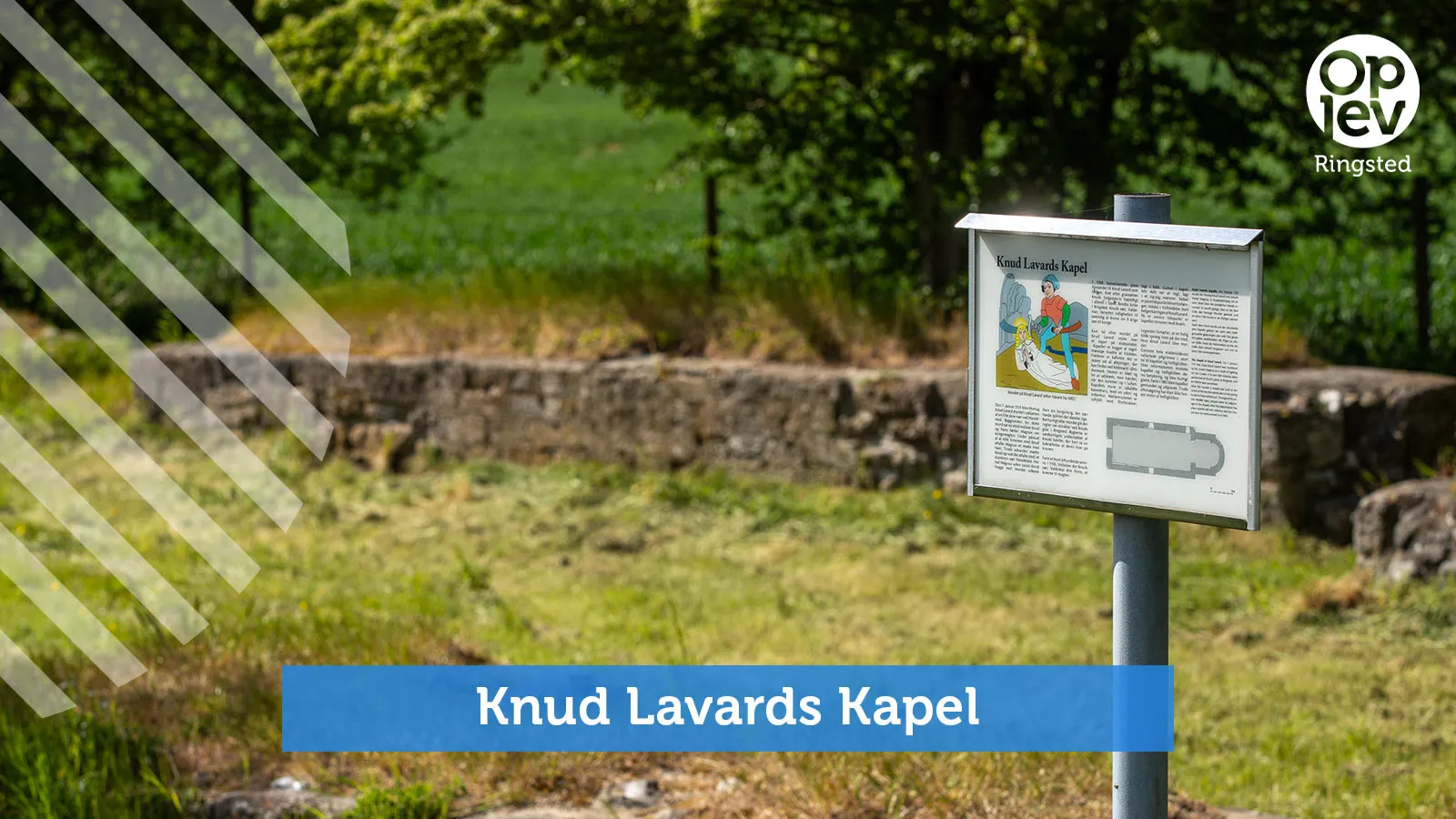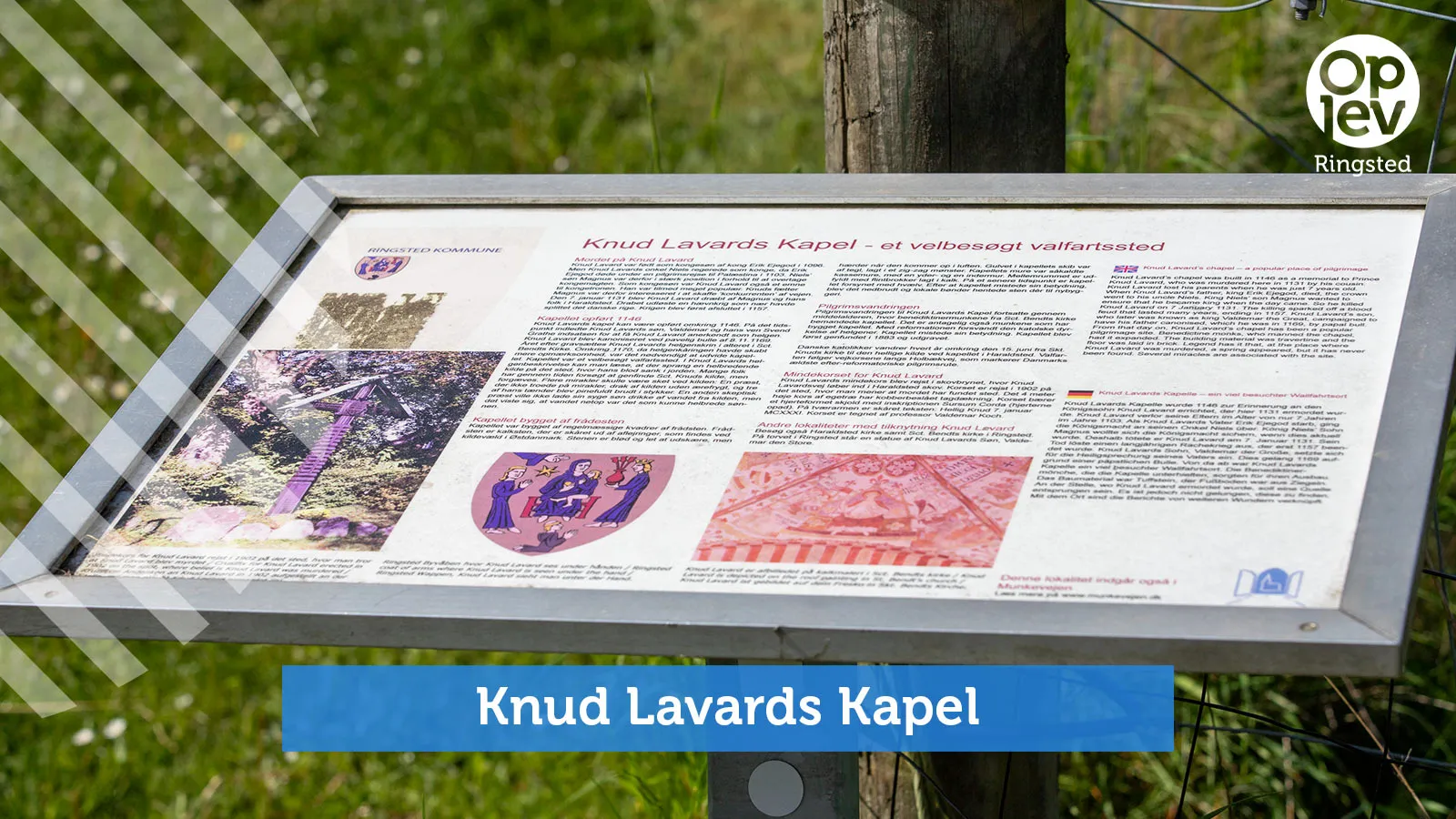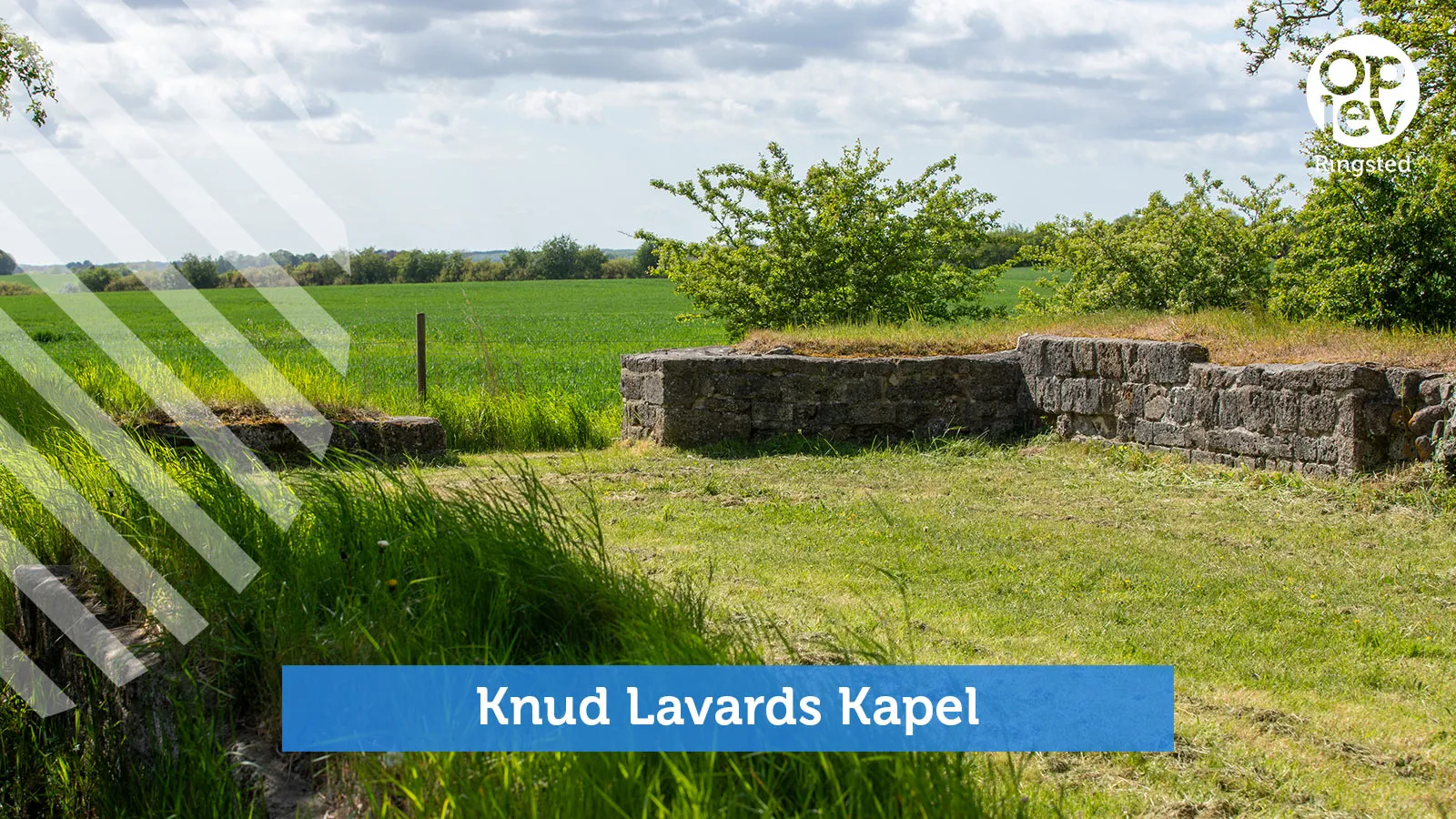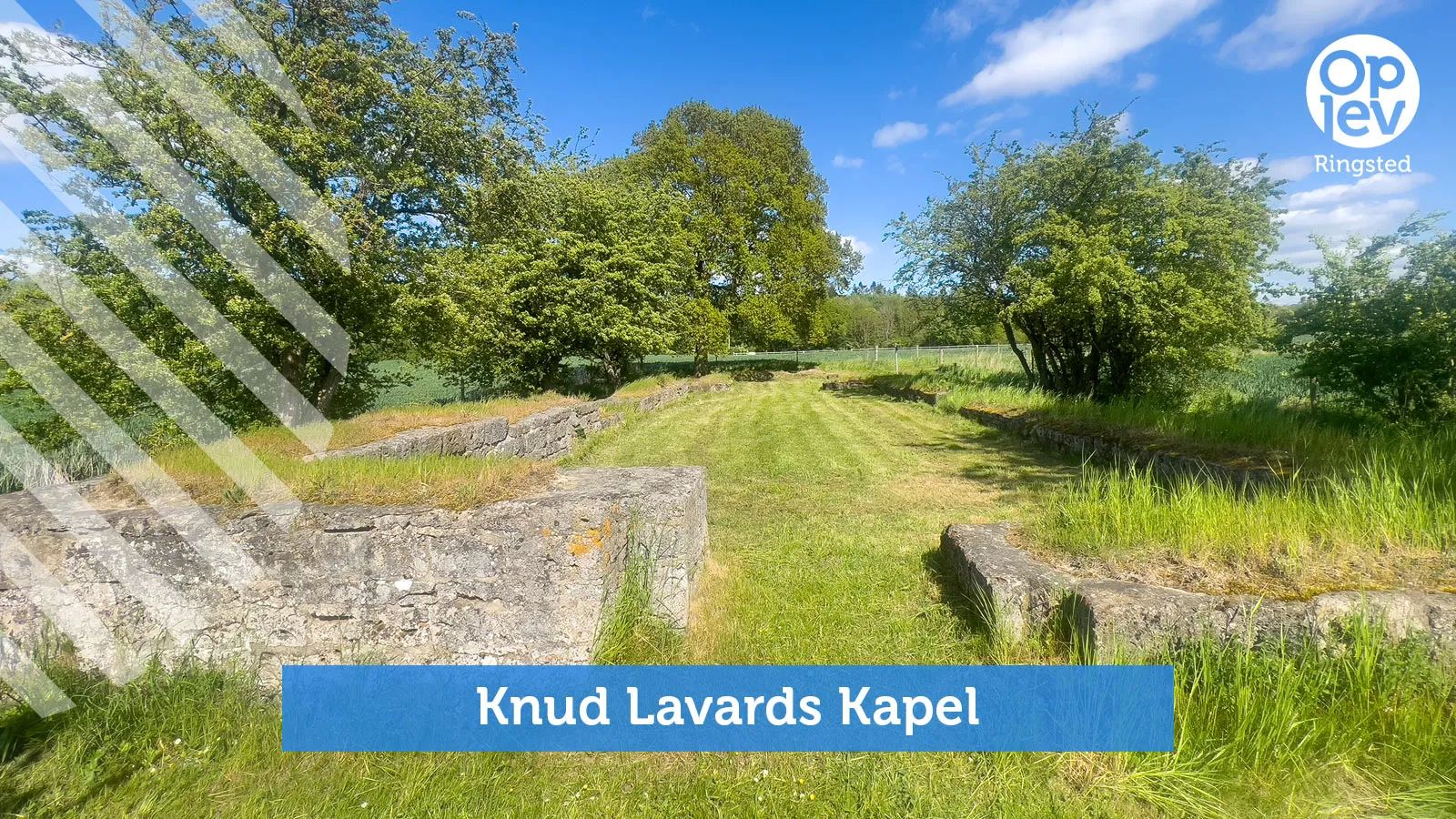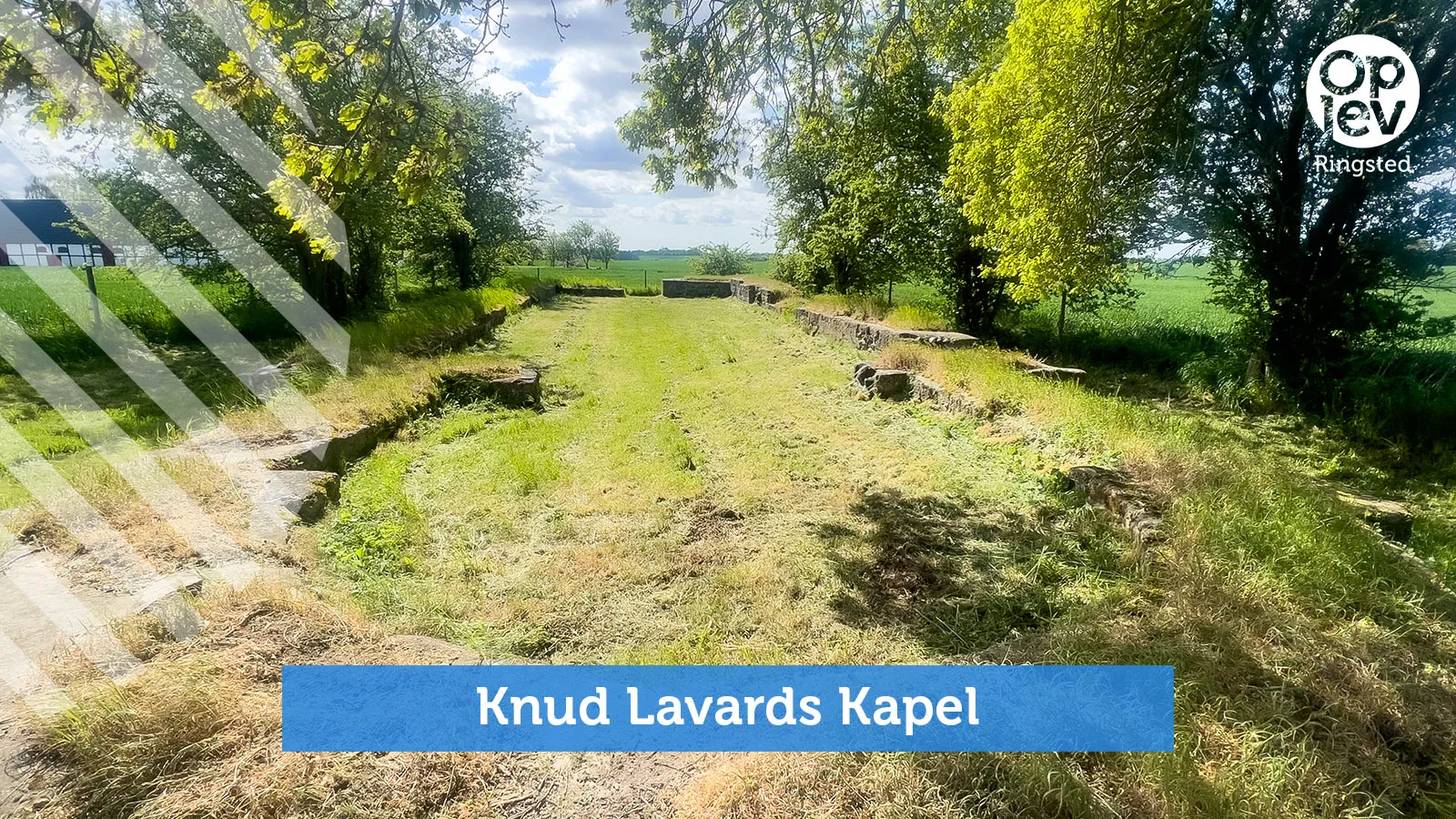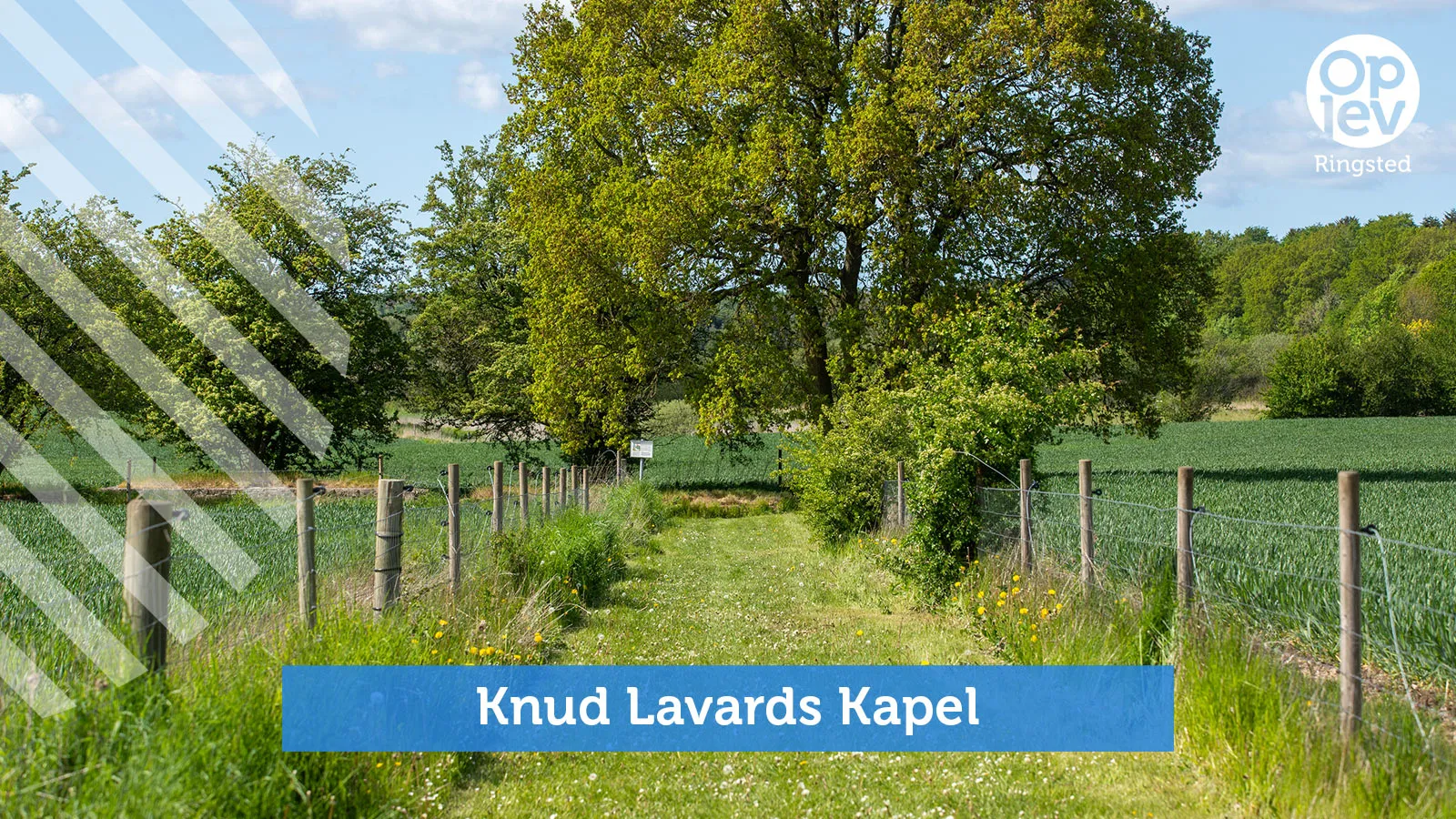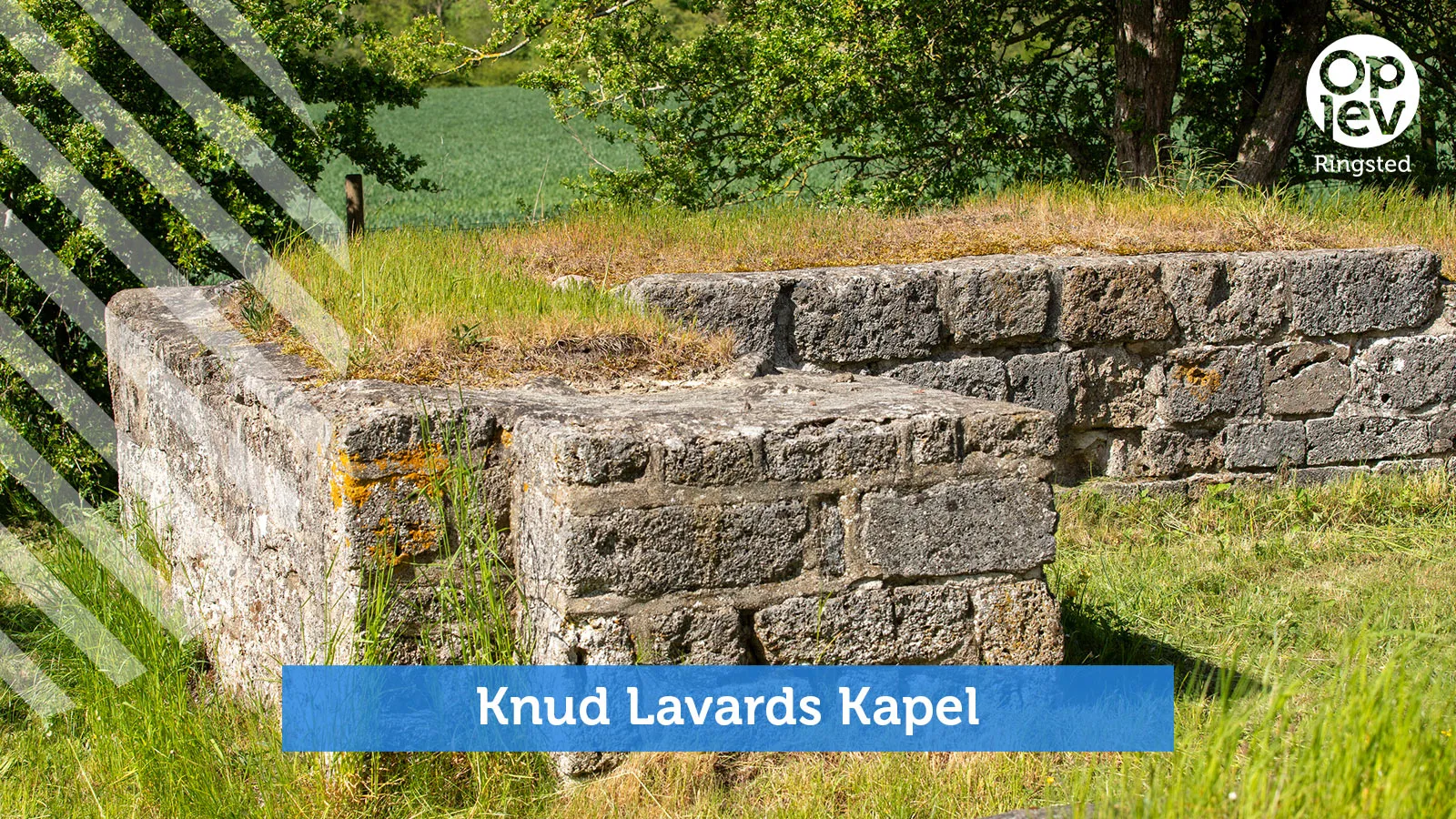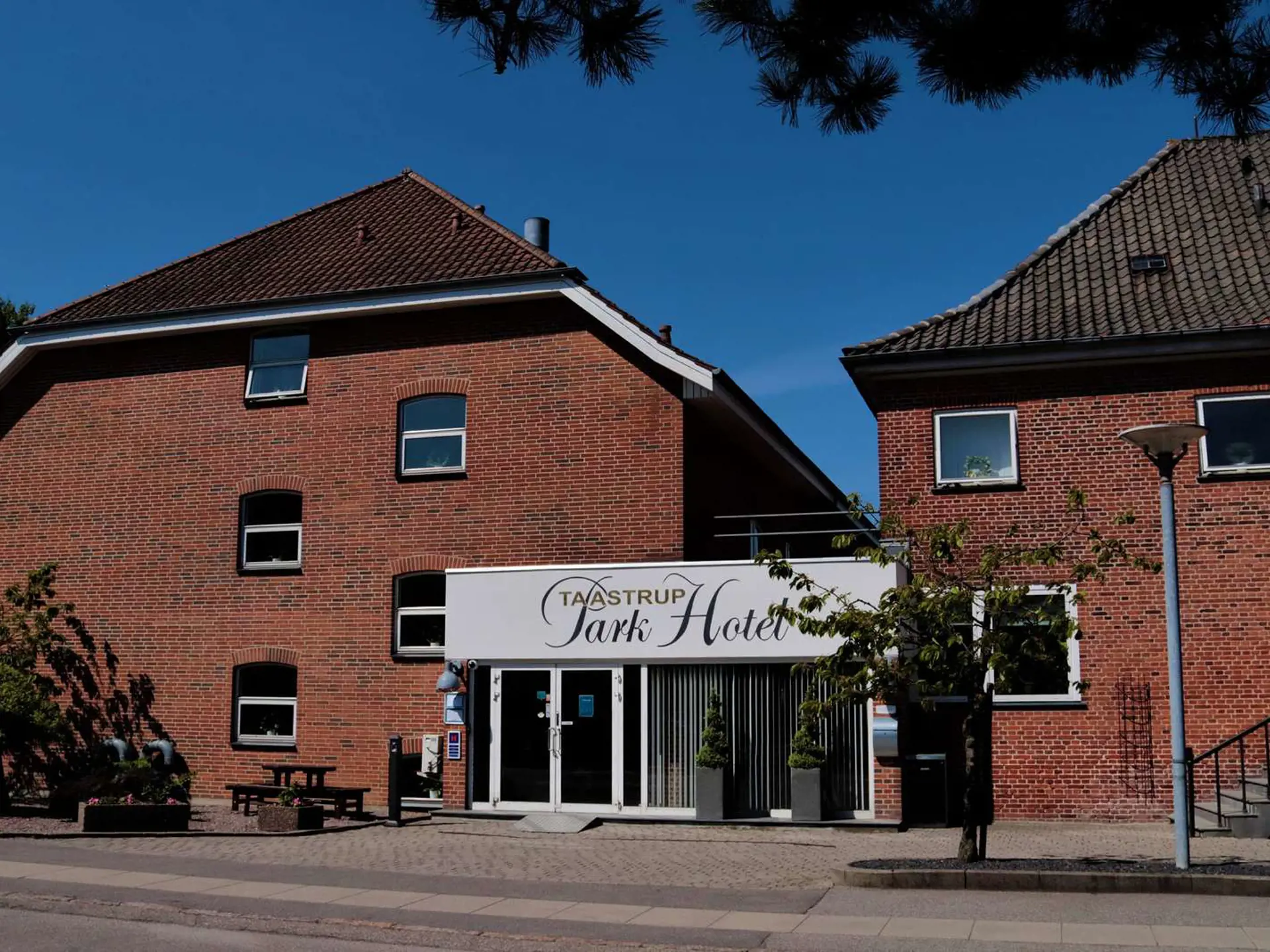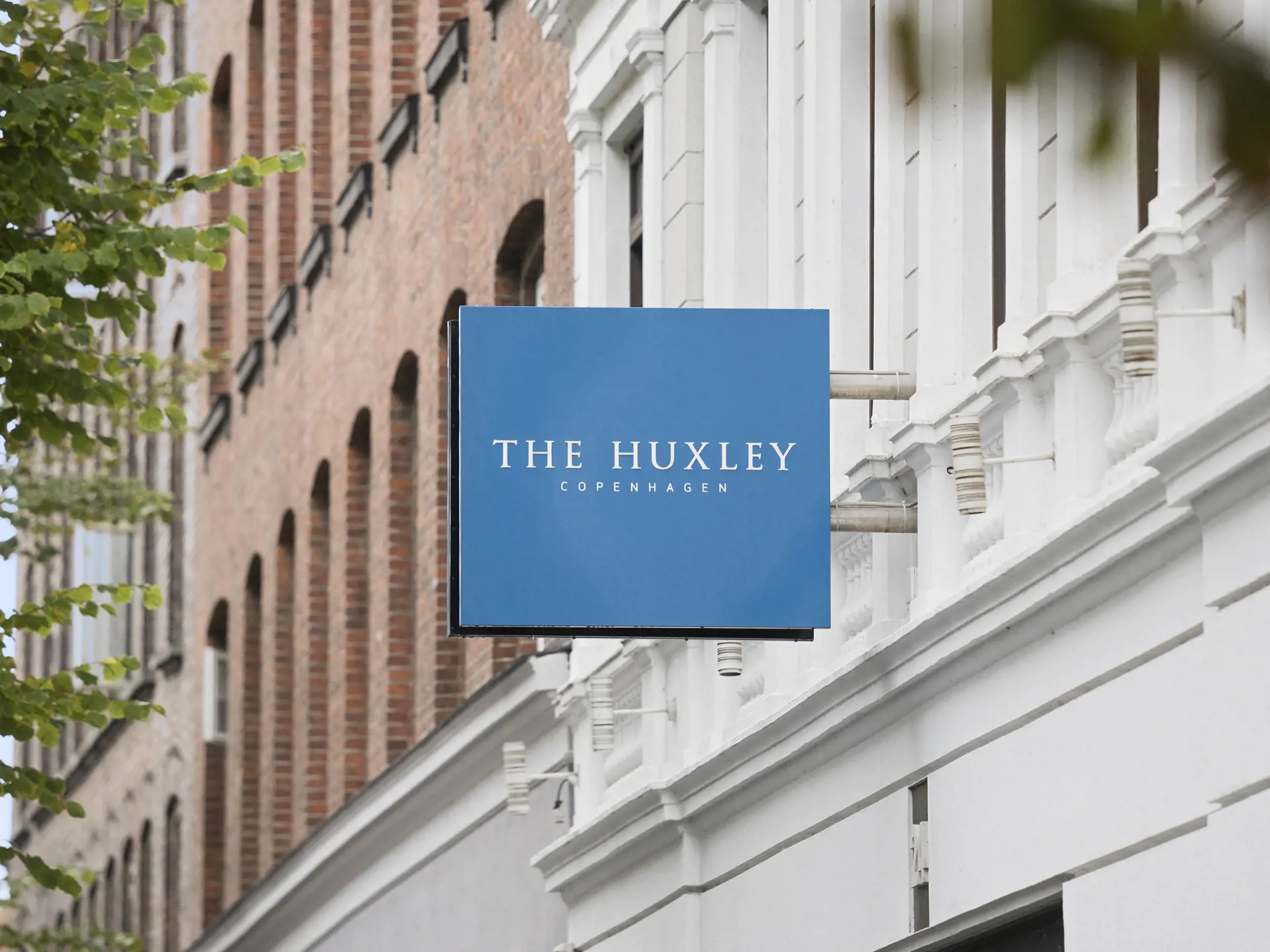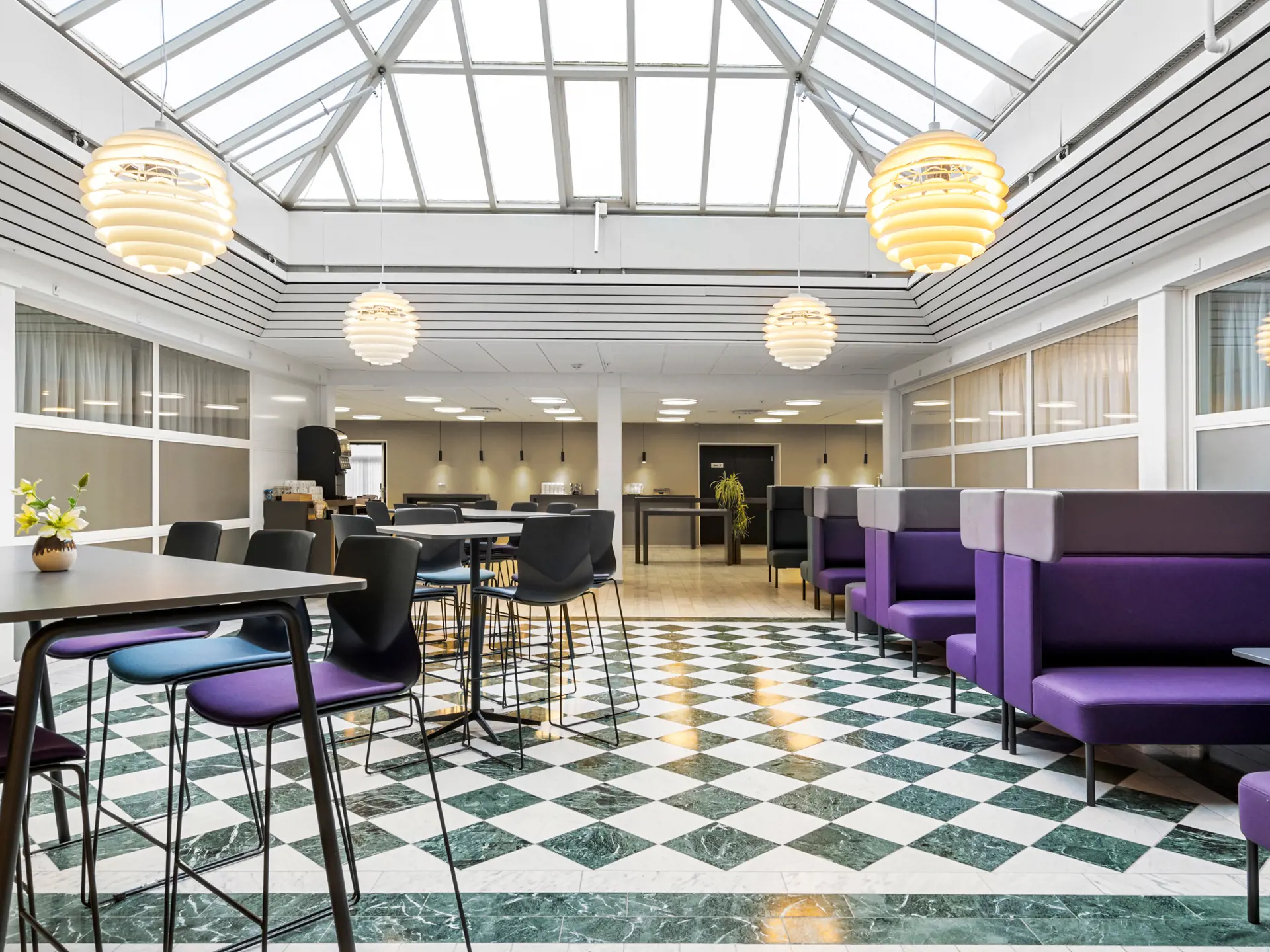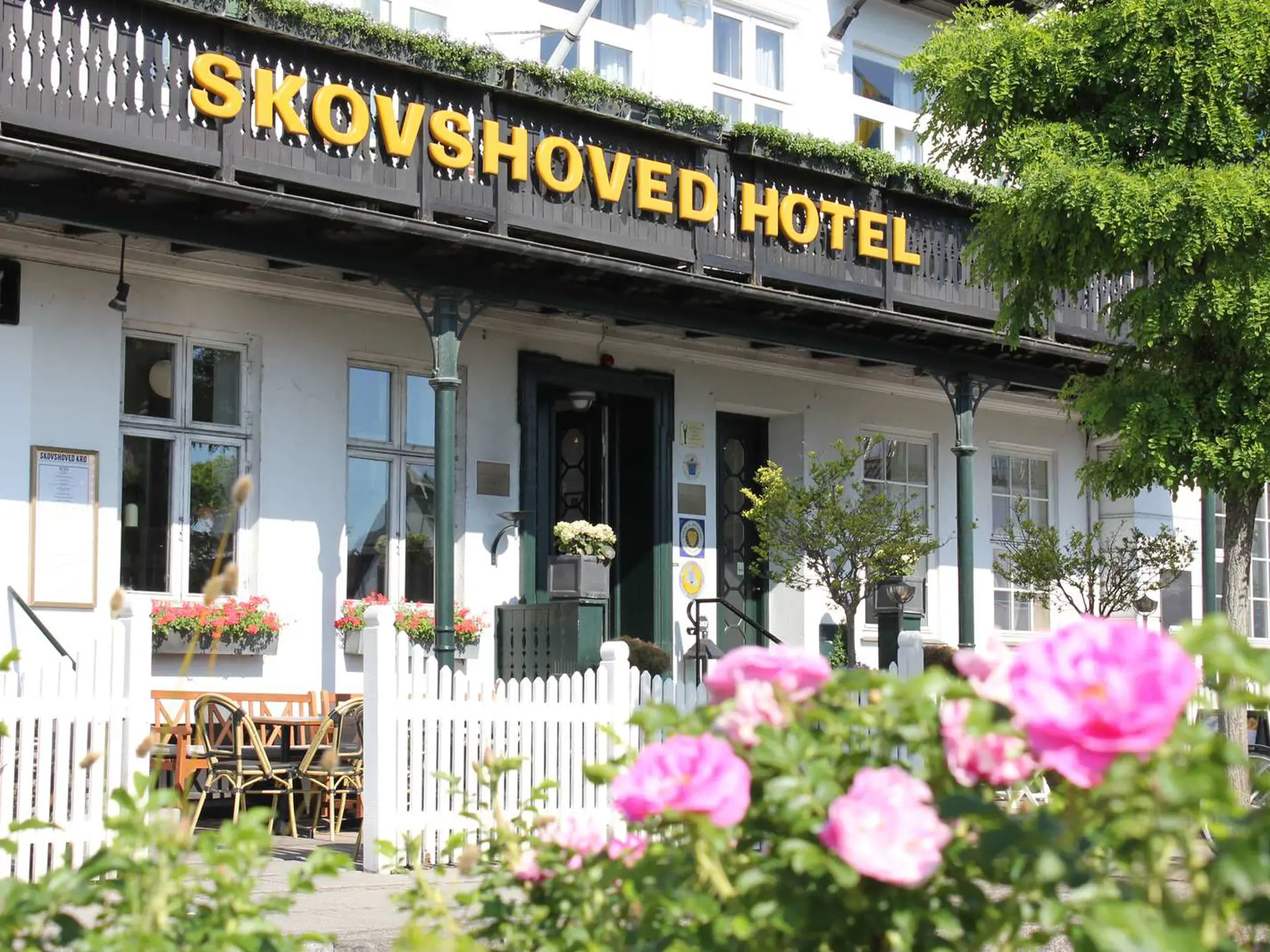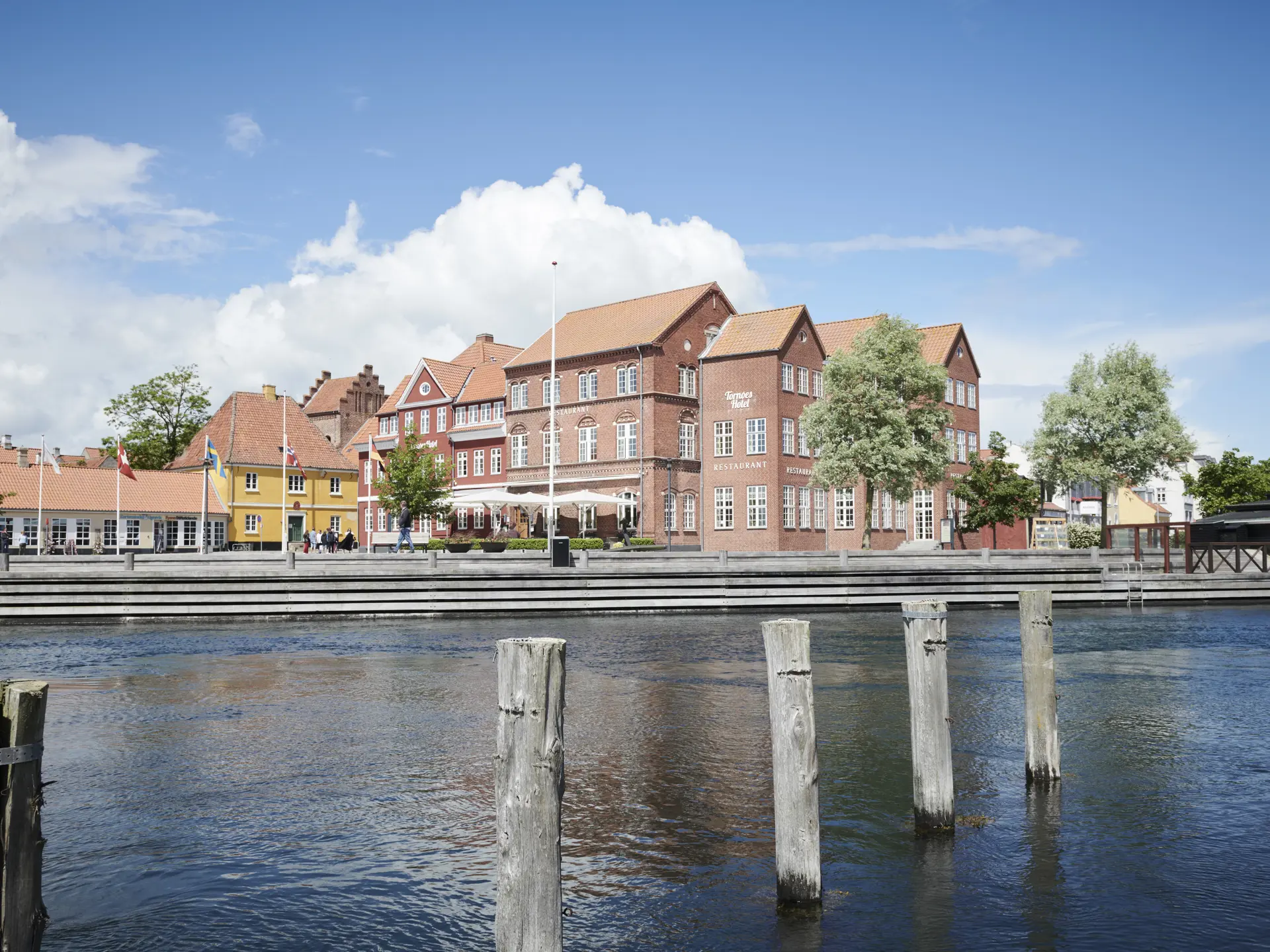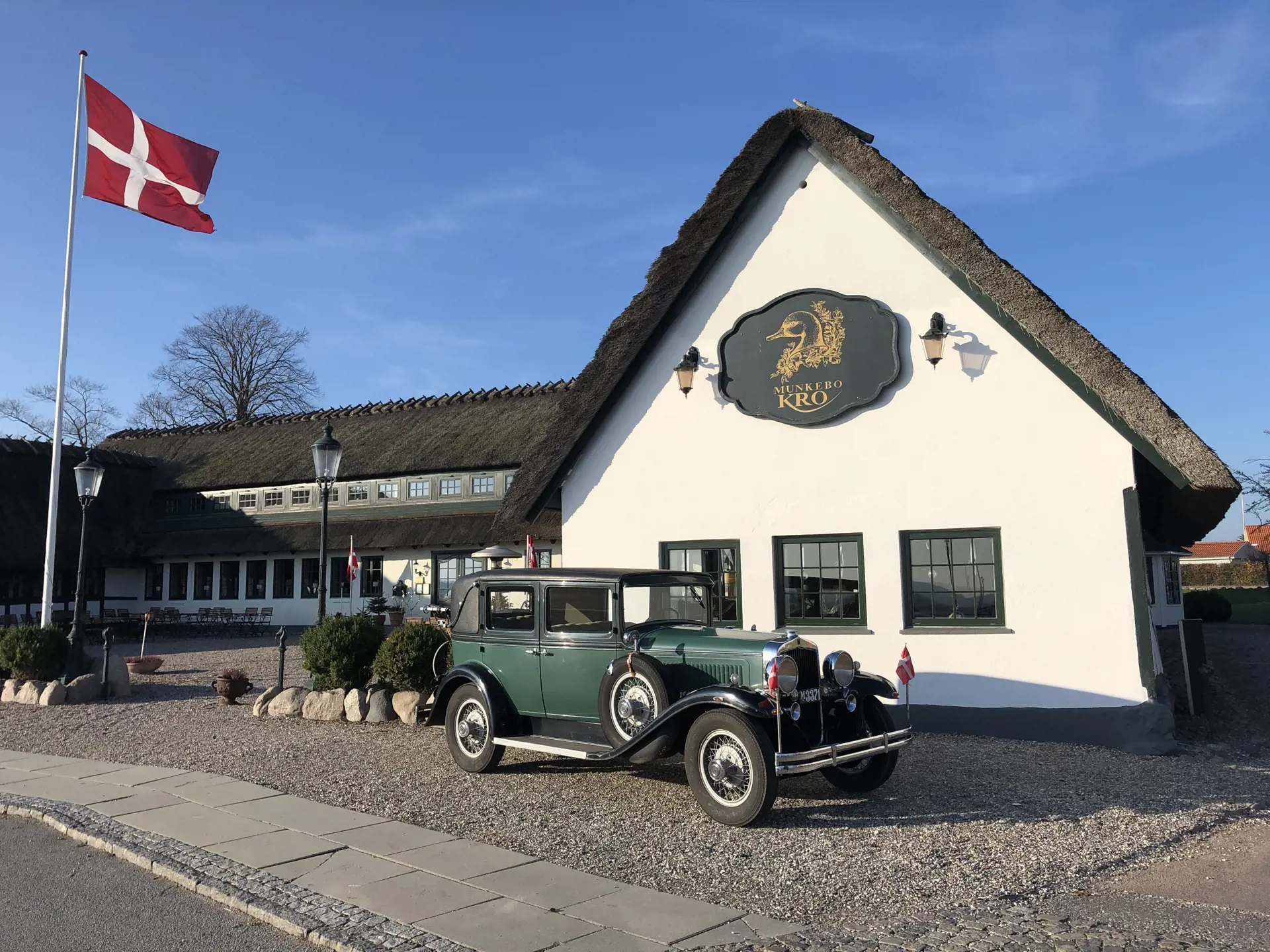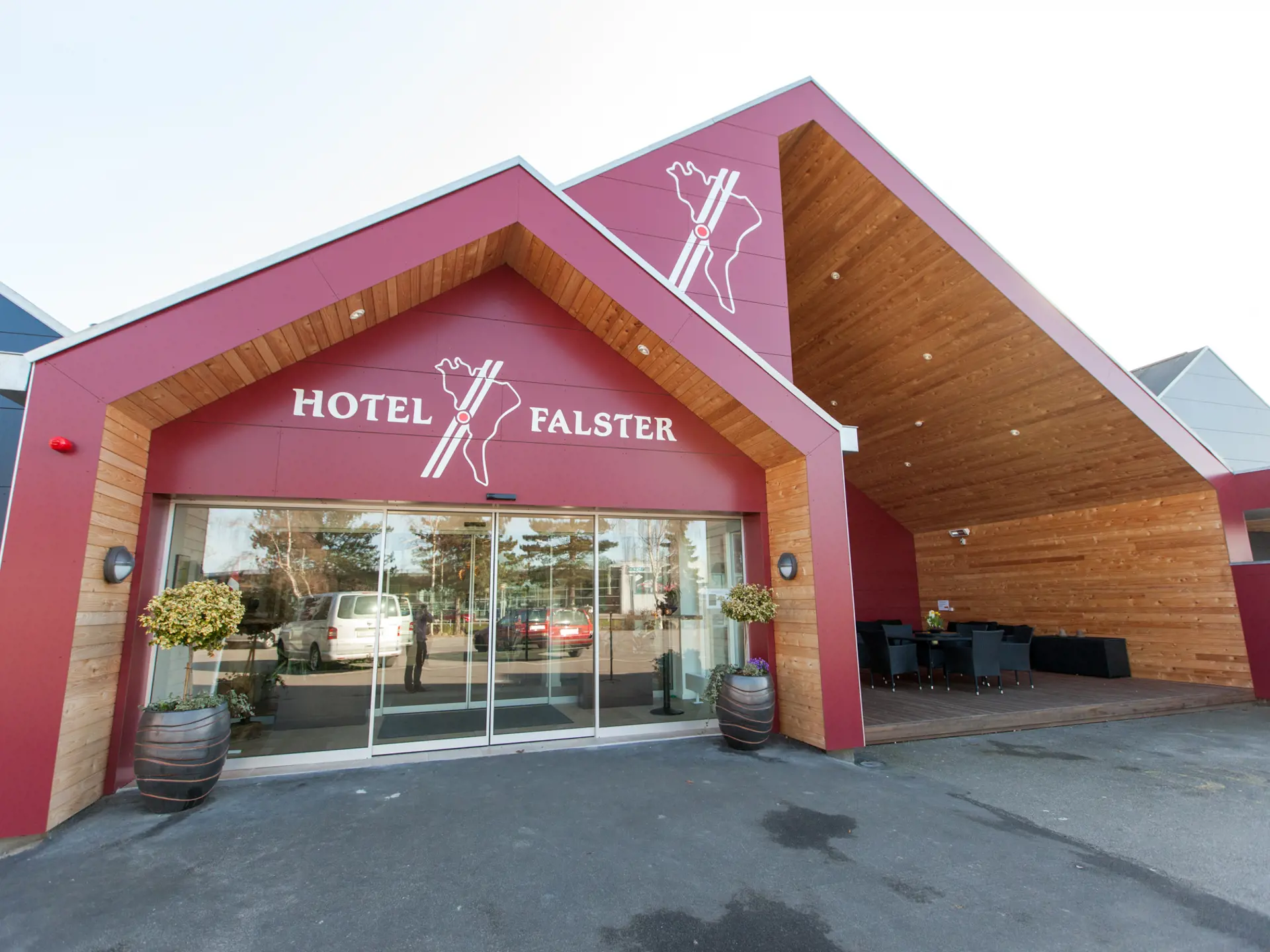The Chapel, which is so noteworthy that it is mentioned by the Danish Nature Agency, was built around 1150. Knud was a king's son, born in 1096. As an adult, he was given the nickname "Lavard." The word has the same origin as the English “lord” and means “bread-giver” – one who provides for many people.
Knud was decisive and popular, and as the king's son, he was an important figure in the power struggle for the Danish throne. Knud's cousin Magnus feared the competition and decided to remove Knud from the scene. In January 1131, Knud was at a Christmas feast with relatives at the royal manor in Haraldsted when Magnus asked him to come for a meeting in Haraldsted Forest. Despite warnings, Knud set off with only two men. At the entrance to the forest, he was met by Magnus and his men, and after a brief argument, the cousin drew his sword and cleaved Knud’s head. The murder of Knud Lavard triggered 26 years of civil war in Denmark, which only ended in 1157 when his son Valdemar (the Great) became king.
A Famous Murder
Knud’s mutilated body was taken to Haraldsted Church, and according to legend, a spring rose where his blood had dripped onto the ground. Shortly after, miracles began to occur at the spring. The chapel was likely built near this spring, but the spring itself has disappeared. Reports of miraculous healings increased, and in 1170, Knud was canonized by the pope. His relics were placed in a shrine in the high altar of St. Bendt’s Church in Ringsted. In the Middle Ages, Knud Lavard’s Chapel was a destination for many pilgrimages, but after the Reformation, it lost its significance and vanished. The ruins were discovered and excavated in 1883.
Europe vs. the North
Magnus and Knud were both rightful heirs to the throne, but they represented two different cultural influences: Magnus stood for the old Nordic tradition, while Knud represented the new European/Oriental-influenced knightly culture, which spread across Europe after the start of the Crusades. Knud had also formed ties to the Russian/Slavic area through marriage to Ingeborg of Novgorod. Knud was appointed by King Niels as the border duke of Southern Jutland to resolve the problem of the Wends' raids. He handled the task in a way that was satisfactory to all parties. However, Knud’s popularity did not sit well with King Niels and his son Magnus, who felt inferior to their cousin Knud.
Murder and Civil War
The tension culminated in the murder of Knud Lavard on January 7, 1131. This murder did not go unnoticed. It triggered a royal crisis and civil war, which ended in 1157 when Valdemar – Knud Lavard’s son – became sole ruler. He had Pope Innocent II canonize his father while he was also in the process of building an impressive tomb church, St. Bendt’s Church, for his father. Innocent II ordered Valdemar the Great to continue the Crusades against the pagan Balts and Wends to prevent the German Empire from becoming too powerful.
The Grandest Feast in Ringsted
In 1170, Knud Lavard was buried and canonized, while Valdemar’s son, Knud VI, was anointed and crowned as Valdemar’s successor. This was the first church coronation in Denmark. These events strengthened both the church's and the king's power. Culturally and economically, Knud Lavard had great significance for Ringsted. In the west gallery of St. Bendt's Church, he is depicted on a throne with his banner of office.
Knud Lavard's Remains in France
Knud Lavard’s grave in the church today contains only a few of his remains, as his skeleton was removed shortly before the Reformation by monks from the mother monastery, St. Denis, near Paris. In Haraldsted, the ruins of a pilgrimage chapel can still be seen, built on the site of his murder.
Knud Lavard in Vigersted Church
In Vigersted Church, Knud Lavard is depicted with a rosary in his hair, meaning he is shown as a duke or prince, alongside a group that includes the Lord handing him a crown, with various craftsmen surrounding him. Knud Lavard was the patron saint of the St. Knud guilds, which later developed into true craftsmen's guilds.
